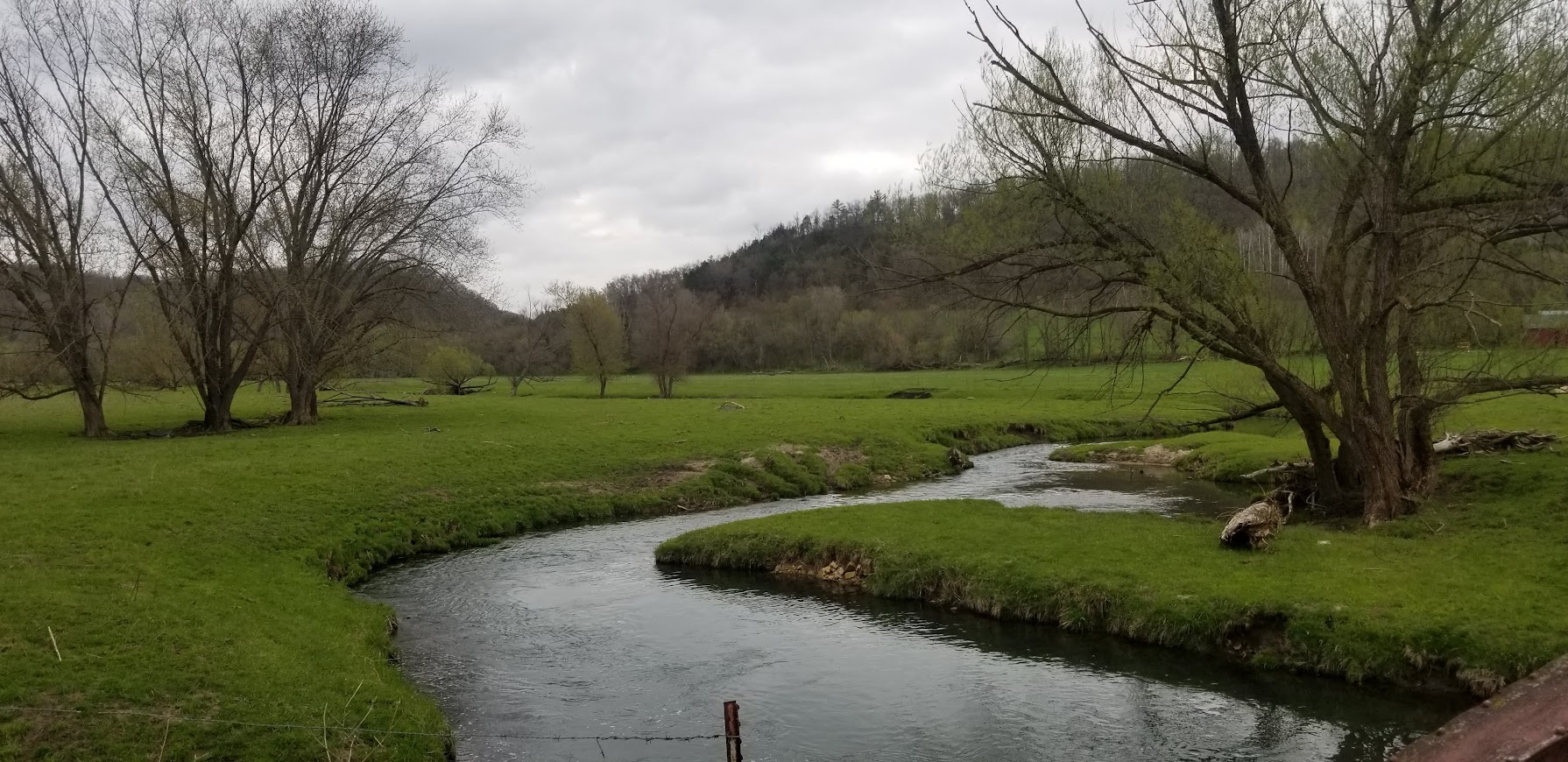
Habitat degradation has led to the Environmental Protection Agency designating the Kickapoo River as a 303d Impaired Water for phosphorous and suspended solids. Mercury was removed in 2020. Nonpoint source pollution is cited as the biggest water quality threat in the Kickapoo River Watershed. An estimated 31,811 tons of sediment per year were delivered directly to surface waters from cropland, developed areas, pastures, woodlots, and grasslands.
Habitat degradation has led to the Environmental Protection Agency designating the Kickapoo River as a 303d Impaired Water for phosphorous and suspended solids. Mercury was removed in 2020. Nonpoint source pollution is cited as the biggest water quality threat in the Kickapoo River Watershed. An estimated 31,811 tons of sediment per year were delivered directly to surface waters from cropland, developed areas, pastures, woodlots, and grasslands.
Valley Stewardship Network, Trout Unlimited, Wisconsin Department of Natural Resources and partners have researched and mapped the Kickapoo River Watershed and have identified 600 specific properties impacting water quality. The partners involved have outreach plans to work together. Most of the work done by these partners engages farmers and ranchers to implement permanent best management practices to retain sediment and nutrients on the landscape in an economically viable way to benefit fish and wildlife habitat and water quality, and in a way that can be replicated in other watersheds.
With National Fish Habitat Partnership- Fishers & Farmers Partnership funding, Valley Stewardship Network created the first project and farmer-led demonstration site for the Iowa State University STRIPS (Science-based Trials of Rowcrops Integrated with Prairie Strips) model in the state of Wisconsin. Research shows that STRIPS are an easily-integrated and low-cost management option that, if 10% of a cropped field is planted into strategically placed prairie strips, there is a 95% reduction in sediment transport, 89% reduction in phosphorus transport, 84% reduction in nitrogen transport, and 42% reduction in surface water flow. This demonstration serves as a farmer-to-farmer education tool and model of sediment and nutrient runoff reduction from prairie STRIPS that benefits fish habitat, soil health, wildlife, pollinators, and biodiversity.
Through 2014-2024 FFP funding for this project has or is working on:
- Assisted in the initiation and/or growth of 5 landowner-led watershed councils: Tainter Creek Farmer-Led Watershed Council, West Fork Neighbor’s Watershed Council, Bad Axe Watershed Stewards, Coon Creek Community Watershed Council, and Rush Creek Watershed Conservation Council. Two of these are in the Kickapoo watershed.
- Strengthened the momentum of the Hill Country Watershed Alliance (established through previous Fishers and Farmers funding) which supports the 5 watershed councils above by facilitating leadership trainings for members to further develop individual watershed initiatives.
- Adding FFA/youth programming through a Watershed Stewardship Certificate Program and a Youth-Led Watershed Council that would promote fish and wildlife habitat, leadership development and engagement.
- Support ongoing water quality and macroinvertebrate data (WI DNR Water Action Volunteers Program) sampling locations in Tainter Creek, Kickapoo, and West Fork of the Kickapoo River watersheds.
- Expand existing management, demonstrations, monitoring, and promotion of prairie STRIPS, regenerative ag and other watershed stewardship practices to watershed councils and the local community members.
- Stream restoration projects with Trout Unlimited, access to fishing.
- Provided demonstration sites for grazing, cover crops and floodplain restoration and then sharing stories through multi-media sources.
Project Timeline:
Fishers & Farmers Partnership has funded and completed five projects (2014, 2017, 2018, 2019, 2021) which include both dirt-moving and outreach/social in the Kickapoo River Watershed. FFP just funded a new project in July 2024 that will be completed in 2026.
